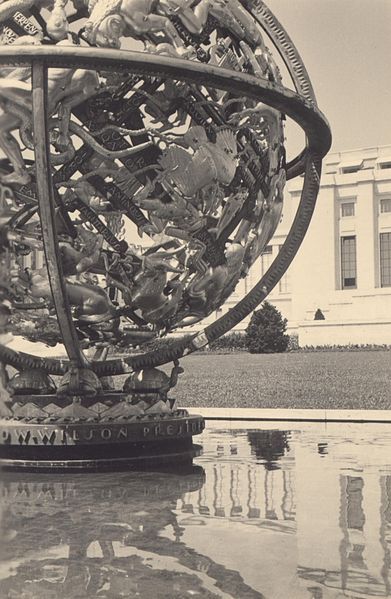
Persian and Arab astronomers produced an improved version of the Greek armillary sphere in the 8th century, and wrote about it in the treatise of Dhat al-Halaq or The instrument with the rings by the Persian astronomer Fazari (d.c. 777). Abbas Ibn Firnas (d.887) is thought to have produced another instrument with rings (armillary sphere) in 9th century which he gifted to Caliph Muhammad I (ruled 852-886).[11] The spherical astrolabe, a variation of both theastrolabe and the armillary sphere, was invented during the Middle Ages in the Islamic world.[12] The earliest description of the spherical astrolabe dates back to the Persian astronomerNayrizi (fl. 892-902). Muslim astronomers also independently invented the celestial globe, which were used primarily for solving problems in celestial astronomy. Today, 126 such instruments remain worldwide, the oldest from the 11th century. The altitude of the sun, or the Right Ascension and Declination of stars could be calculated with these by inputting the location of the observer on the meridian ring of the globe.

 An armillary sphere in a painting by Sandro Botticelli, c. 1480.
An armillary sphere in a painting by Sandro Botticelli, c. 1480.The armillary sphere was introduced to Western Europe via Al-Andalus in the late 10th century with the efforts of Gerbert d’Aurillac, the later Pope Sylvester II (r. 999–1003).[13]Pope Sylvester II applied the use of sighting tubes with his armillary sphere in order to fix the position of the pole star and record measurements for the tropics and equator.[14]
(via kenobi-wan-obi)

Aucun commentaire:
Enregistrer un commentaire